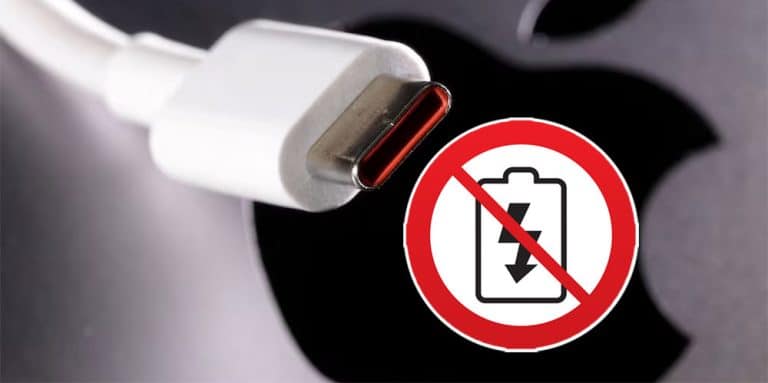- The EU is implementing a new law requiring chargers and power adapters to use detachable USB-C cables.
- This law will ban the sale of chargers that have permanently integrated (non-removable) cables.
- Manufacturers must also clearly label the power rating (voltage and amperage) on both the chargers and the cables.
As technology evolves, new standards emerge for cables and wireless connectivity. We’ve seen how we got to where we are now. USB 2.0, which was the fastest available years ago, has since been replaced by USB 4, which is still uncommon, and the much more popular USB-C, which is being used in an increasing number of products.
In 2022, the European Union announced that USB-C would be essential for phones and tablets, which would take effect in 2024.
Now we have a new EU law that will require chargers and power adapters to include detachable USB-C cables. As chargers with an integrated USB-C cable cannot be sold, and we can’t remove and replace them when we want.
This is because selling a charger with the cable already integrated in this manner does not guarantee that it will operate as promised by the manufacturer. Furthermore, if it does not charge as rapidly as we would want, there is no option to exchange it for a more efficient one.
The new EU legislation seeks to tackle this issue in two ways: ensuring that the USB-C is detachable, and manufacturers should indicate the power rating of the chargers and cables included.
The rated power indicates the amount of electrical energy it can offer to a specific load and is represented by voltage and amperage. For example, we have 5V and 1A USB chargers for low-consumption devices, fast-charging chargers such as 9V/2A (18W), and chargers with the highest current.
As you can imagine, as the features increase, it becomes more obvious that they will lie about them; therefore, it is critical to ensure that what we buy is what we get, especially if it is something cheap and we do not believe it is genuine.
Chargers that deliver more than 10W will be required to achieve minimum efficiency requirements at 10% of their charge, as well as stricter average and standby efficiency standards. In addition, to avoid adding unnecessary complications, logos will most likely be added if chargers match specific requirements.
This law will apply not just to smartphone chargers, but also to external power supplies (EPS) rated up to 240W. All of this will assist consumers since they will be able to replace USB-C cables and avoid being ripped off by products that do not satisfy their requirements.
The EU also predicts that these measures will save 1,070 TWh per year by 2030, with an estimated 400 million chargers and power supply sold.
Thank you! Please share your positive feedback. 🔋
How could we improve this post? Please Help us. 😔
[Editor-in-Chief]
Sajjad Hussain is the Founder and Editor-in-Chief of Tech4Gamers.com. Apart from the Tech and Gaming scene, Sajjad is a Seasonal banker who has delivered multi-million dollar projects as an IT Project Manager and works as a freelancer to provide professional services to corporate giants and emerging startups in the IT space.
Majored in Computer Science
13+ years of Experience as a PC Hardware Reviewer.
8+ years of Experience as an IT Project Manager in the Corporate Sector.
Certified in Google IT Support Specialization.
Admin of PPG, the largest local Community of gamers with 130k+ members.
Sajjad is a passionate and knowledgeable individual with many skills and experience in the tech industry and the gaming community. He is committed to providing honest, in-depth product reviews and analysis and building and maintaining a strong gaming community.


 Threads
Threads


